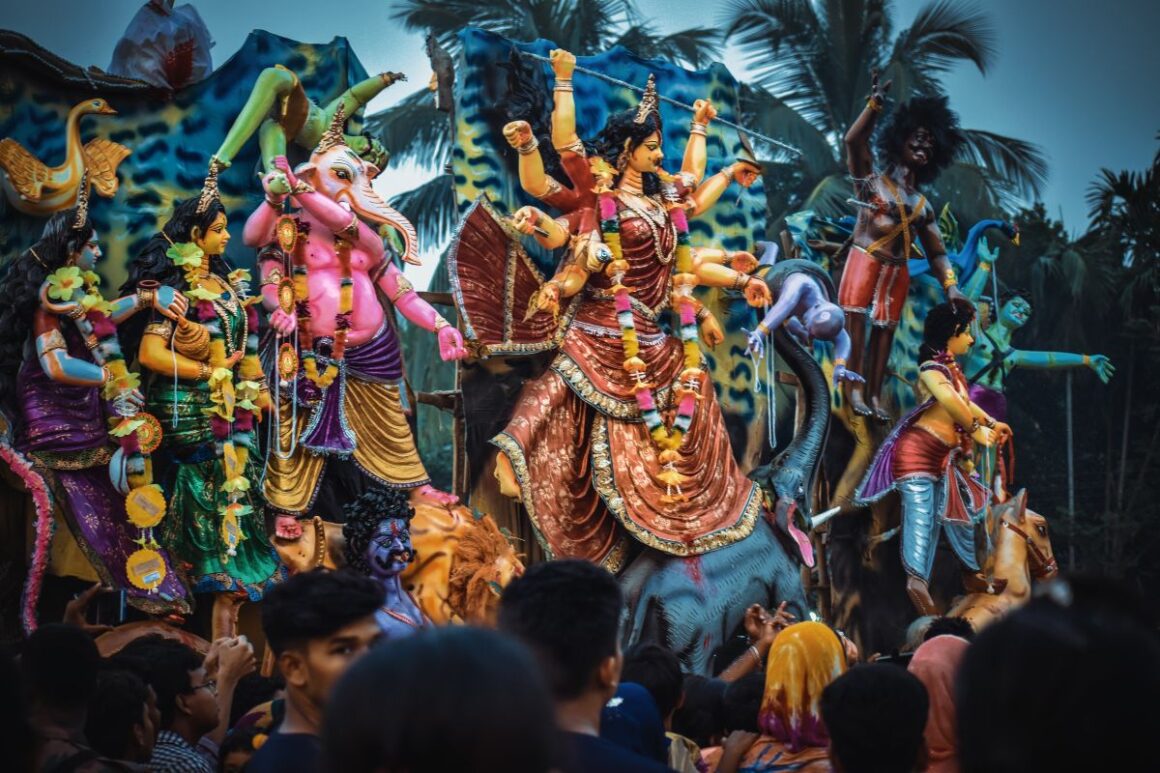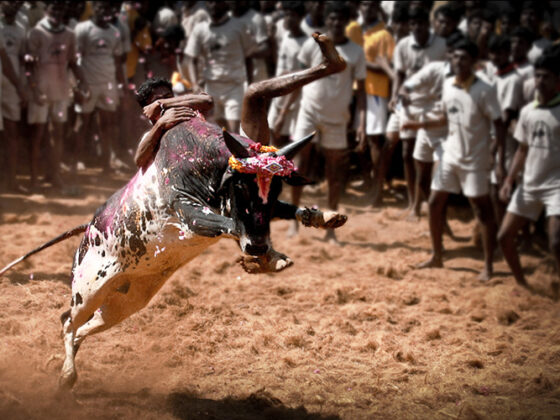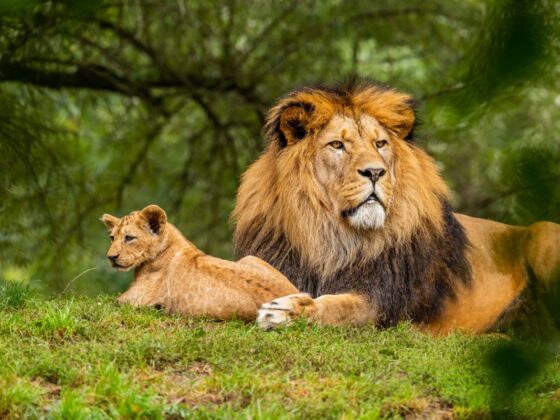The month of October is the time of Indian festivals. It is a time when people get together with their families and friends to celebrate all the different festivals in India.
The indian festival is an important part of the Indian culture. It celebrates the victory of good over evil and brings together people from all walks of life to celebrate their faith.
Introduction:
We celebrate many festivals throughout the year since our Indian culture and history are diverse. Every nation, without a sure, has its own festivities, but they are not quite as many as ours.
Festivals of Various Types
Here is a list of some of India’s major festivals.
Diwali
Diwali is the most widely observed celebration in India. It’ll be a three-day event. The word “festival” conjures up images of light and adornment. People light lamps, lanterns, and candles on this day. RANGOLI is a traditional pattern made by women in front of their homes.
People prepare sweets and spicy foods at home for this holiday, which they share with their family and friends. Everyone is dressed in new clothing. Children are ecstatic as they burn several types of crackers to commemorate the holiday.
Duration
Diwali occurs in the Hindu calendar month of Kartik (middle October/middle November).
Significance
Lord Rama has returned after 14 years of exile with his wife Sita and brother Laxman, which is why Diwali is celebrated.
Holi
In Indian culture, we have a celebration of colors known as Holi. The celebration is divided into two parts: pre-Holi and Holi. On the night before Holi, people light bonfires called Holika and sing around them. While creating a circle of flames, people pray for health and wealth.
People meet on Holi day to paint their friends and relatives.
According to the Hindu calendar, it occurs in the month of Phalgun (March).
Significance
The prince Prahlad (excellent deeds) is believed to have defeated Holika (evil deeds).
Dusshera
Vijayadashmi is another name for the event. The play Ramleela is today’s most appealing item. On this day, the effigy of Ravana is burned.
Duration
It occurs in the month of Ashwin (mid-September/mid-October) on the Hindu calendar.
Significance
It was the day when Lord Rama triumphed over the demon Ravana.
Janmashtami
Lord Krishna is believed to have been born during the festival’s midnight. On this day, people fast and pray for their family’s health. Krishna is disguised up as a boy (toddler).
According to the Hindu calendar, it occurs on the eight days of Krishna Paksha in the month of Bhadrapada (August/September).
It is Lord Krishna’s birthday, therefore it is significant.
Navratri
 Durga is adored for nine days in this festival of goddesses. People observe a nine-day fast and pray for their families. People dress up in colorful costumes and perform the Garba and Dandia at night (dance of Gujrat).
Durga is adored for nine days in this festival of goddesses. People observe a nine-day fast and pray for their families. People dress up in colorful costumes and perform the Garba and Dandia at night (dance of Gujrat).
Duration: According to the Hindu calendar, the first nine days of Ashwin (August/September) are the most important.
Significance
The goddesses Durga’s abilities are honored here.
Ganesha Chaturthi is a Hindu festival dedicated to Lord Ganesha.

The event lasts 10 days. Many people worship Lord Ganesha by keeping Ganesha statues in their homes. The final day of the celebration is known as Visarjan, which refers to the immersion of the idols in water.
It takes place in the month of Bhadrapada, according to the Hindu calendar (August).
Significance
Lord Ganesha’s birthday is celebrated.
Apart from that, there are numerous festivals that Indians look forward to, such as Raksha Bandhan, Bhai Dooj, Onam, Chatt Pooja, and so on.
Importance:
The event fosters a sense of camaraderie among people of all faiths. This wonderful event instills genuine love and dedication in our minds and hearts. In India, a celebration is more than simply a festival; it is the beating heart of the country.
If you have any additional questions regarding Essay On Indian Festival, please post them in the comments section below.



